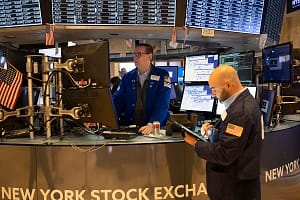Oil prices recently fell as concerns grew over China’s slowing economy.
Not only did it see a lower-than-expected GDP growth rate of 4.7% in the second quarter, but retail sales were also weaker than expected.
This slowdown stemmed from ongoing challenges in China’s property market and uncertainties surrounding job security, prompting caution among market participants despite potential stimulus measures anticipated from Chinese authorities.
These economic developments raised doubts about future crude oil demand from the world’s second-largest economy and largest importer.
However, continuing geopolitical tensions in the Middle East and Europe could remain a source of risks for the market and could lend support to prices. Risks of disruption remain in the region and could drive prices up in case of a flare-up. At the same time, expectations of a softer monetary policy in the US could help limit losses in oil markets.
Federal Reserve Chair Jerome Powell expressed confidence in inflation trends. In this regard, possible future interest rate cuts could help stimulate economic growth in the United States, thus, boosting economic activity activity and oil demand. However, investors could remain cautious as mixed economic indicators, including expected weaker retail sales, could affect oil demand.
Get real time update about this post category directly on your device, subscribe now.






Leave a Comment